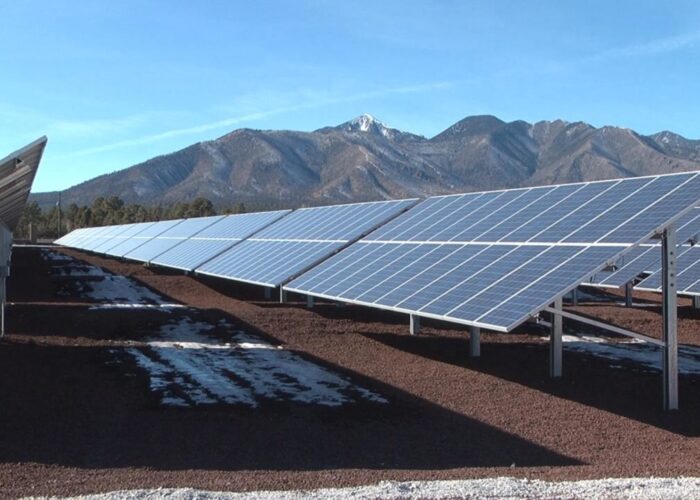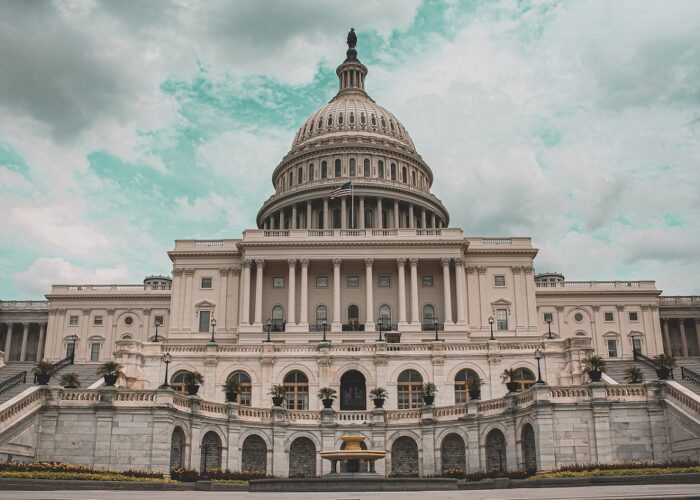
Current proposals for the Southeast Energy Exchange Market (SEEM) are not up to scratch and fall short of what is needed if the region is to meet its clean energy goals.
This was the verdict from the heads of the American Council on Renewable Energy (ACORE) and Solar Energy Industries Association (SEIA) after a recent report on the issue.
Unlock unlimited access for 12 whole months of distinctive global analysis
Photovoltaics International is now included.
- Regular insight and analysis of the industry’s biggest developments
- In-depth interviews with the industry’s leading figures
- Unlimited digital access to the PV Tech Power journal catalogue
- Unlimited digital access to the Photovoltaics International journal catalogue
- Access to more than 1,000 technical papers
- Discounts on Solar Media’s portfolio of events, in-person and virtual
Real-time, wholesale energy markets, particularly when linked with regionally planned transmission systems, are vital to accelerating the growth of renewable energy in Southeast US, according to a new ACORE report.
But, current proposals for the Southeast region are inadequate, according to ACORE president Gregory Wetstone and SEIA president Abigail Ross Hopper.
“As it stands, the Southeast Energy Exchange Market (SEEM) fails to create an open and competitive wholesale energy market at the expense of ratepayers and the environment,” said Hopper.
The Report
ACORE’s Energy, Market Design and the Southeast United States report examined and contextualised the argument for the proposed SEEM, which would create a bilateral contract framework spanning 12 US states, 17 power providers and more than 50 million people in the area.
The report finds that the Southeast would in fact benefit from a real-time energy market based on competitive bidding by driving costs down for consumers, more effective integration of renewable energy systems, and the environmental benefits associated with renewable power.
However, it stated that, as it stands, “SEEM does not propose to establish a real-time wholesale energy market in the Southeast, as exists in other parts of the country”.
Almost 70% of the US is served by real-time, wholesale markets, where energy is traded between entities before reaching customers, such as Regional Transmission Organizations (RTOs) and Independent System Operators (ISOs).
But the Southeast is one of the last remaining regions where individual entities generate and distribute electricity free of a centralised wholesale market.
“A real-time energy market and an independent entity planning future transmission lines would help the region reach clean energy goals, reduce costs for consumers, and deliver significantly greater environmental benefits,” said Wetstone.
Current SEEM proposals
SEEM, as it is currently presented, does not propose to establish a real-time wholesale market. Instead, it intends to formalise the existing vertically integrated utilities in the Southeast through a supply and demand matchmaking system that will trade excess power over underutilised transmission capacity.
Meanwhile, the requirement to balance generation and load will remain within utilities, and access to the SEEM platform by IPPs seeking to develop projects with the SEEM area is not guaranteed. “The current proposal doesn’t scratch the surface of what’s possible when it comes to creating a market, and we will continue to work with Southeastern states to promote a more effective alternative,” added Hopper.







